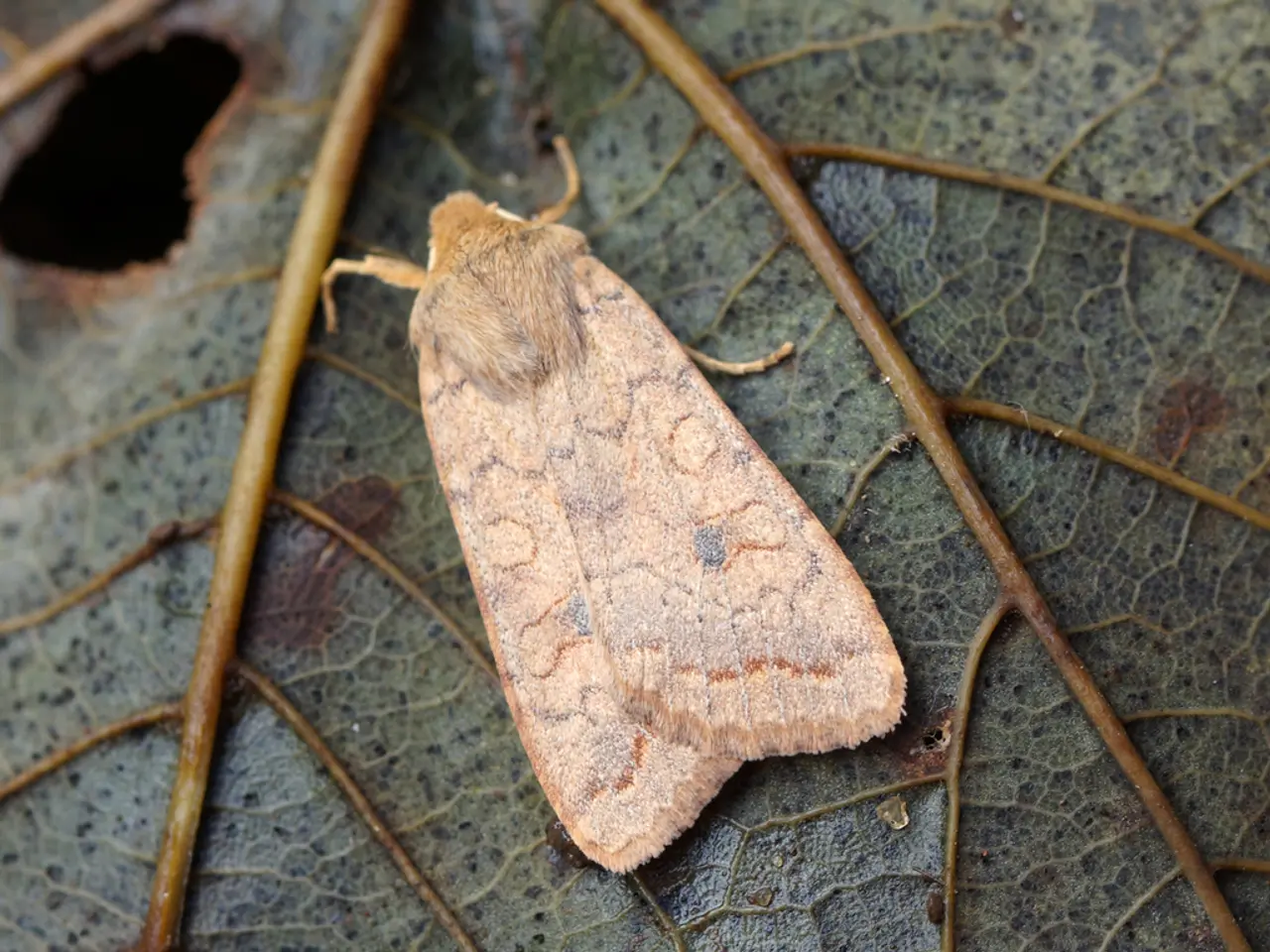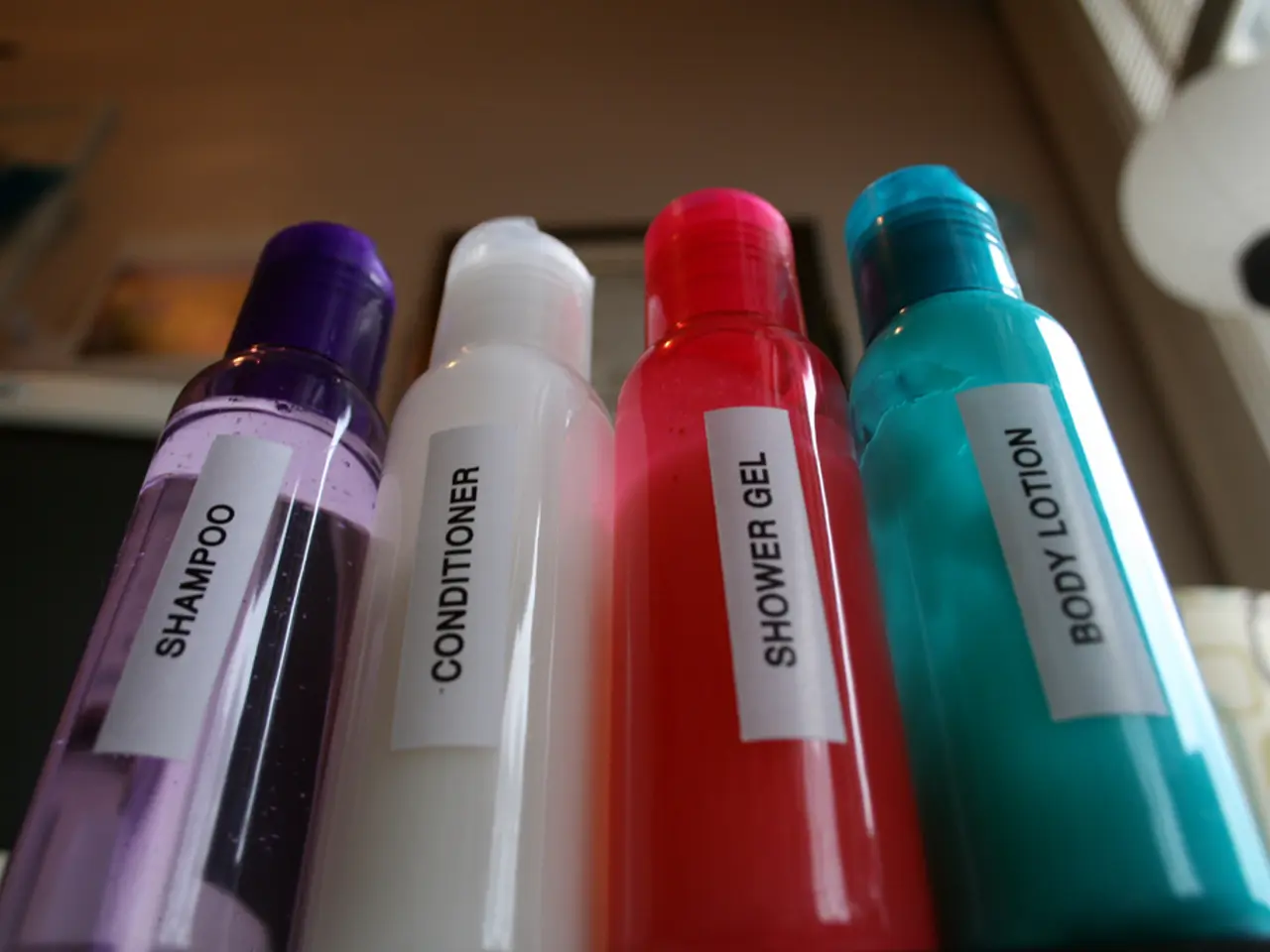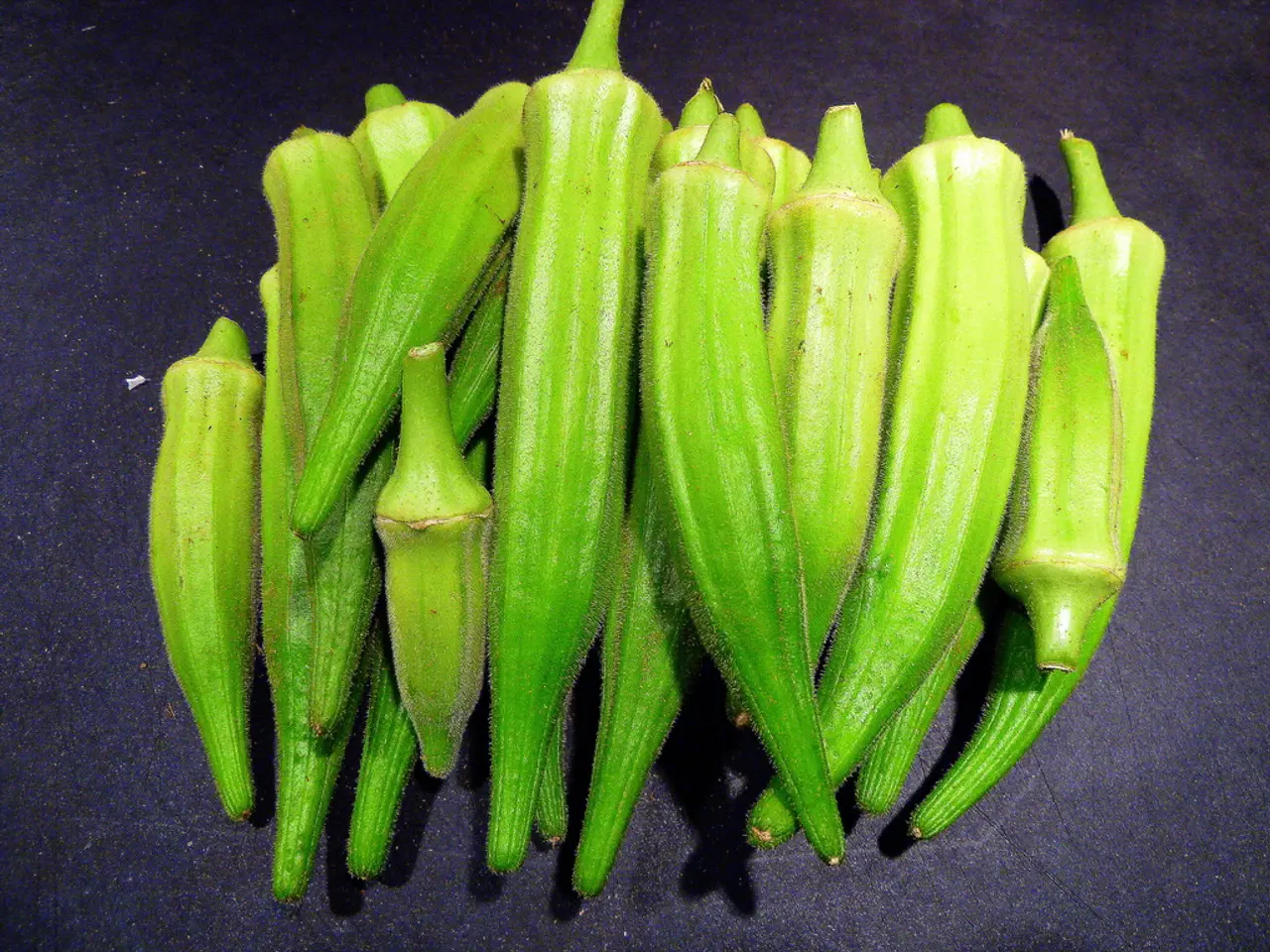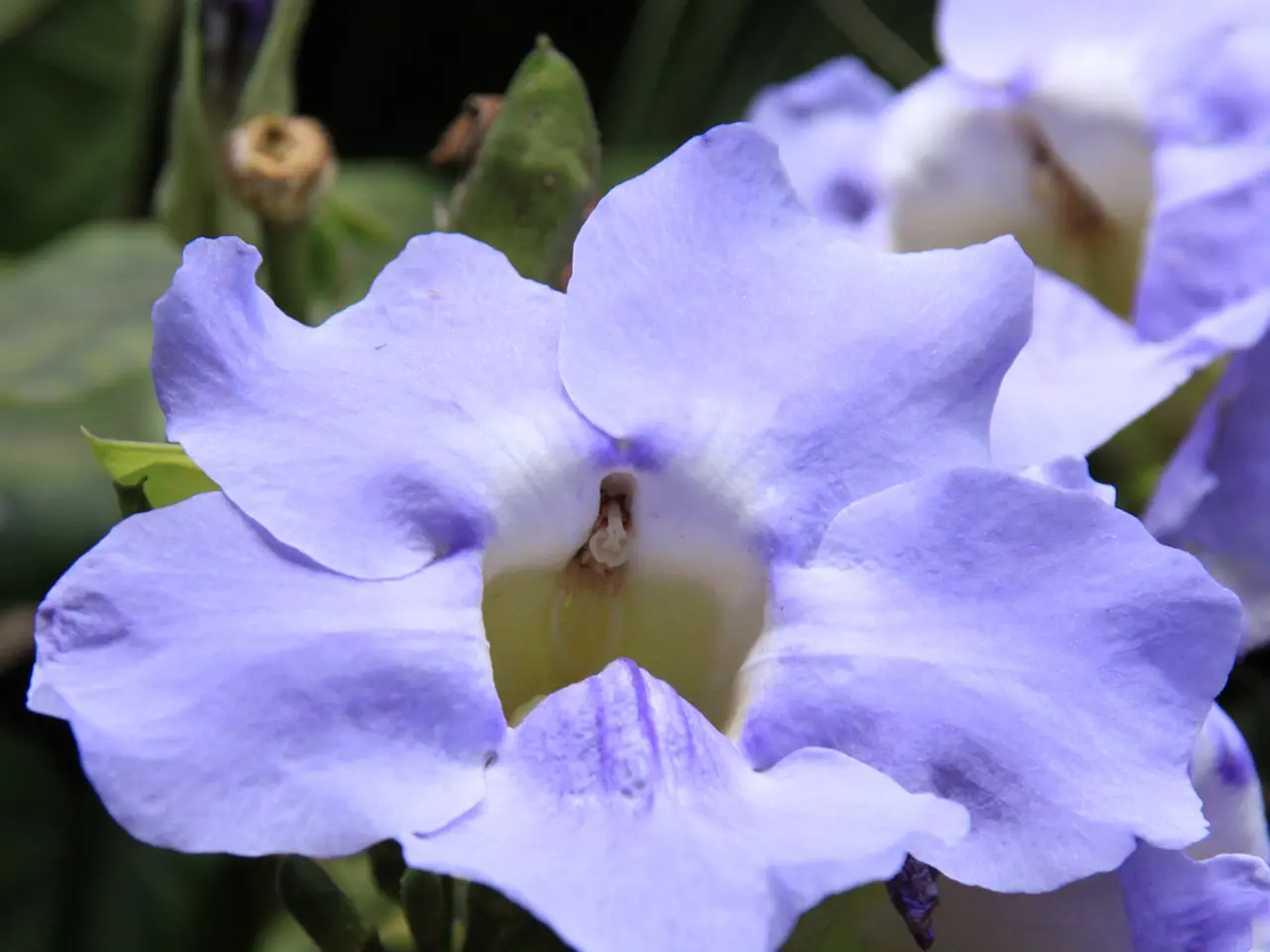Nettle Rash Symptoms and Remedies: An Overview
**Managing Stinging Nettle Rashes: A Guide to Effective Treatments**
Stinging nettle encounters can result in an itchy, burning rash due to the plant's fine hairs and chemicals like formic acid, histamine, serotonin, and acetylcholine[1]. While most reactions are localised and self-limiting, severe allergic reactions, including anaphylaxis, can occur[1]. Here's a look at various treatment options for managing stinging nettle rashes.
**Mild Reactions**
For mild cases of stinging nettle rash, several over-the-counter (OTC) treatments can offer relief. Topical hydrocortisone creams and antihistamines may help reduce inflammation, itching, and swelling[2]. Cool compresses, oatmeal baths, or baking soda pastes can also soothe the affected area[3].
**Severe Reactions**
Severe stinging nettle reactions, such as widespread rash, difficulty breathing, swelling of the face or throat, or signs of anaphylaxis, are medical emergencies[1]. OTC treatments are not effective for these situations, and immediate professional medical attention is required[1].
**Prevention**
Preventing stinging nettle contact is the best approach. Recognising the plant, teaching children to identify it, wearing protective clothing and gloves when clearing stinging nettles, and using protective gear for outdoor work can help minimise exposure[4].
**Home Remedies and Traditional Treatments**
Traditional remedies like jewelweed and dock leaf have been used to treat stinging nettle rash, but research suggests that soap is more effective[5]. It's essential to clean the affected area and surrounding skin as soon as possible after contact, using soap and water or a clean, damp cloth if running water is not available[1].
**What to Avoid**
Avoid scratching or rubbing the rash, as this could push the chemicals further into the skin, worsening the irritation[1]. Tight, restrictive clothing should also be avoided around the rash, as it could irritate the skin further and increase itchiness[1]. Exposure to direct sunlight and extreme heat should also be avoided[1].
**Medications**
OTC anti-inflammatory medication, such as ibuprofen, may help alleviate pain and inflammation[2]. However, it's essential to consult a healthcare provider before using these medications, especially for children and individuals with pre-existing medical conditions[2].
**When to Seek Medical Attention**
If symptoms persist after cleaning or worsen, immediate medical attention is required. People should seek emergency treatment or call 911 in the case of any of the following symptoms or a suspected severe allergic reaction: trouble breathing, difficulty swallowing, wheezing, feeling dizzy or faint, nausea, vomiting, increased heart rate, tightness in the chest, severe and rapid swelling, loss of coordination, tremors, muscle weakness, stomach pain, and more[1].
[1] https://www.ncbi.nlm.nih.gov/pmc/articles/PMC7259471/ [2] https://www.nhs.uk/conditions/stinging-nettles/ [3] https://www.healthline.com/health/stinging-nettle-rash-treatment [4] https://www.ncbi.nlm.nih.gov/pmc/articles/PMC7568832/ [5] https://www.ncbi.nlm.nih.gov/pmc/articles/PMC4802779/
- Dermatitis, characterized by itchy and burning rashes, can be a result of atopic reactions to stinging nettle[1].
- Skin rashes caused by stinging nettle may have certain effects on the mental health, leading to depression and anxiety[6].
- The predictive science behind stinging nettle rash and the development of psoriasis or psoriatic arthritis remains uncertain[7].
- Some research suggests that exposure to stinging nettles might have a role in aggravating the symptoms of asthma and HIV[8].
- Apart from stinging nettle, breast cancer is another health concern that requires immediate attention and various therapies and treatments[9].
- In some cases, stress can exacerbate the symptoms of both mental-health issues and skin-care problems like dermatitis[10].
- The effectiveness of AQ (aloe vera juice) as a treatment for stinging nettle rash and its potential skin-care benefits are yet to be fully researched[11].
- Health-and-wellness practices often emphasize the importance of maintaining good diet, mental health, and skincare regime to prevent various disorders, including skin-related ailments such as dermatitis[12].
- Regular check-ups and consultations with healthcare providers can help determine the appropriate therapies and treatments for a variety of health conditions, including dermatitis and depression[13].
- Anaphylaxis, a severe allergic reaction, can lead to life-threatening consequences and may require medical intervention[1].
- In addition to treating stinging nettle rash, understanding HIV and its effects on mental health, as well as finding effective therapies and treatments, are crucial aspects of maintaining overall health-and-wellness[14].




